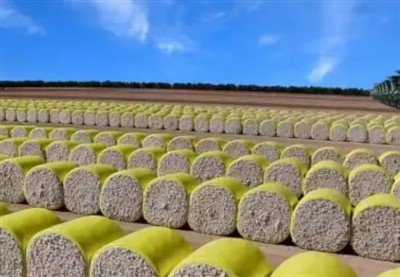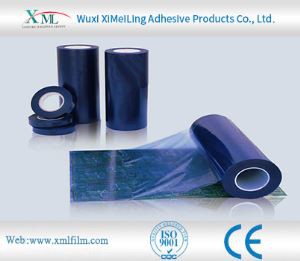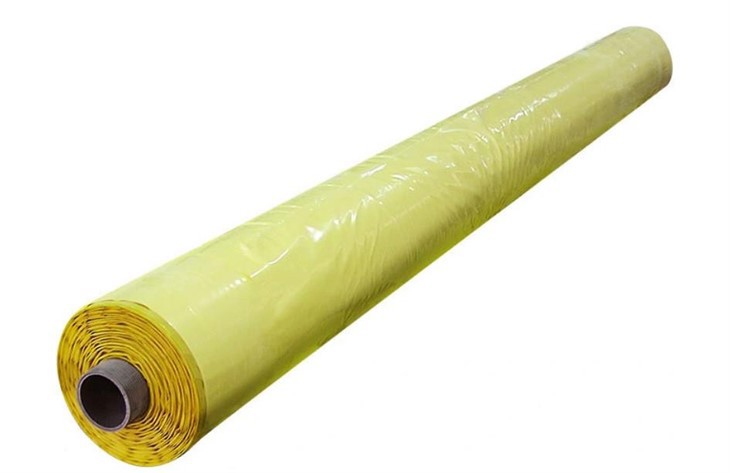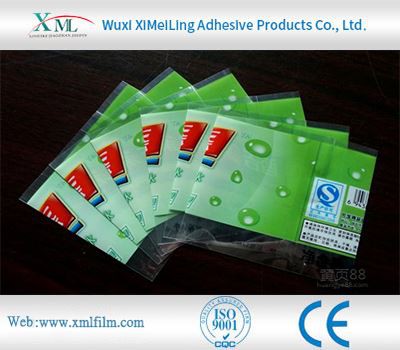Is Cotton Packaging Film Safe for Food Packaging
2025-05-30
Safety Analysis of Food-Grade Cotton Packaging Film
1. Material Composition and Purity
Cotton-based films are typically made from natural cellulose fibers, which are generally regarded as non-toxic. However, safety hinges on whether the film contains additives, dyes, or chemical treatments. For example:
- Organic cotton films (free from pesticides, synthetic fertilizers, or harsh chemicals) are more likely to be food-safe.
- Films treated with adhesives, coatings, or flame retardants must use food-grade additives approved by regulatory bodies like the FDA (U.S.) or EFSA (EU). Harmful substances like formaldehyde or heavy metals must be absent.
2. Regulatory Compliance
Food packaging materials must meet strict safety standards:
- In the U.S., the FDA’s 21 CFR Part 177 regulates polymers and additives for food contact.
- In the EU, EC 1935/2004 and Regulation (EU) 2023/08 require materials to be "fit for purpose" and not transfer substances to food in harmful quantities.
- Third-party certifications (e.g., USDA Organic, BPI compostable) can validate a film’s safety and sustainability for food use.
3. Potential Risks and Mitigations
- Microbial Contamination: Natural fibers may absorb moisture, creating conditions for mold growth if not properly sanitized. Films must undergo sterilization processes (e.g., heat treatment) and have moisture-resistant barriers.
- Chemical Migration: Even natural materials can leach trace compounds when in contact with fatty or acidic foods. Manufacturers must conduct migration tests to ensure no harmful substances transfer to the food.
- Allergen Concerns: Cotton is a common allergen, but films made from refined cellulose are unlikely to release allergenic proteins. However, cross-contamination during production (e.g., with other plant materials) should be avoided.
4. Applications and Limitations
- Suitable for:
- Dry foods (e.g., grains, snacks, baked goods).
- Low-moisture or non-greasy products (its breathability can help prevent condensation).
- Short-term storage, as prolonged exposure to moisture may compromise integrity.
- Less suitable for:
- High-fat or oily foods (risk of oil penetration and chemical migration).
- Long-term or refrigerated storage without additional protective layers.
5. Sustainability vs. Safety
While cotton film offers eco-friendly benefits (biodegradability, renewable sourcing), safety must not be sacrificed. Always prioritize films explicitly labeled as "food-grade" and verify their compliance with regional regulations.
You Might Also Like
-

what are the advantages of cotton packaging film
-

The Advantages of Cotton Wrap Film
-

How does pe protective film cope with high temperature environment
-

Advantages of Cotton Bale Wrap Film
-

Storage method of cotton bale wrap film
-

How Polyethylene Packaging Material Copes with High Temperature Environment
